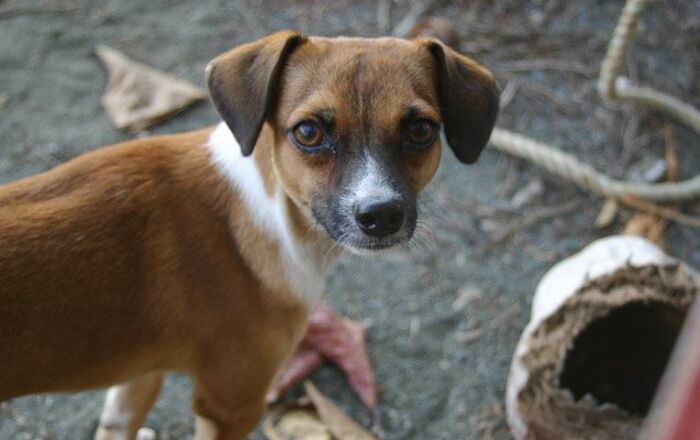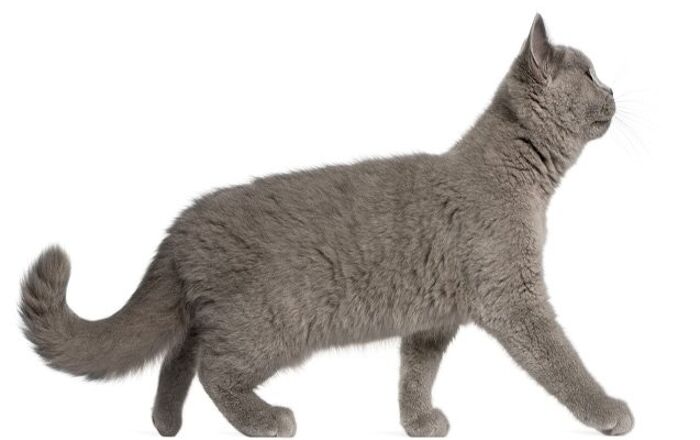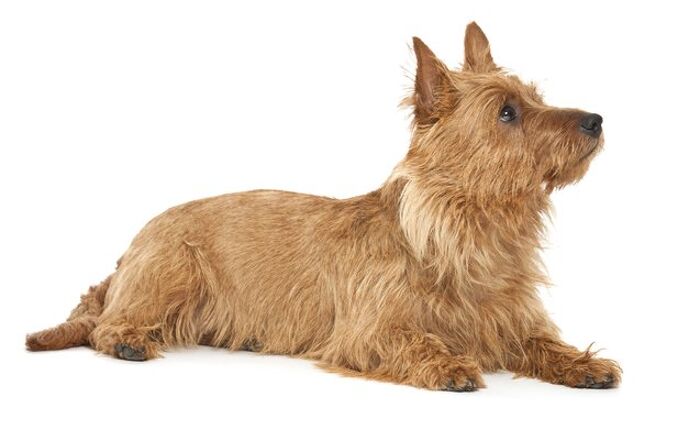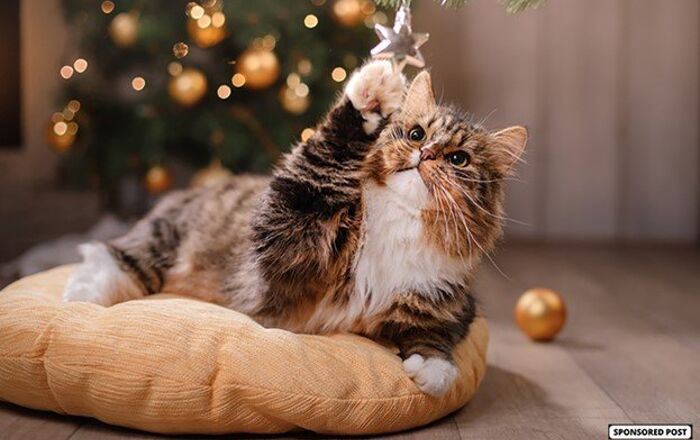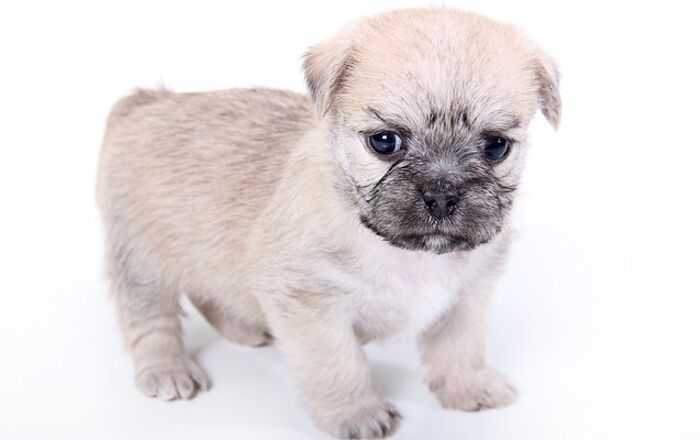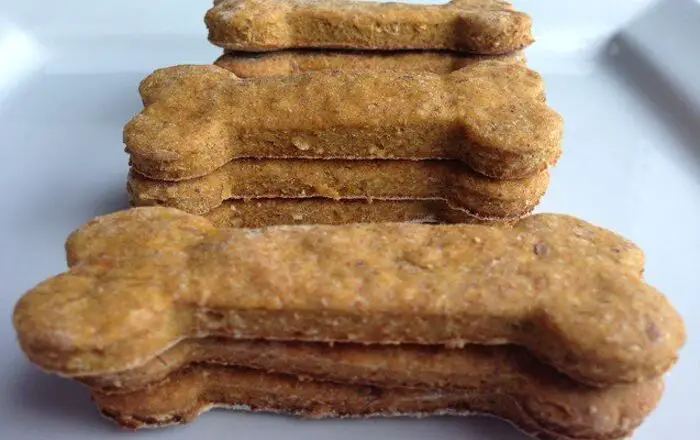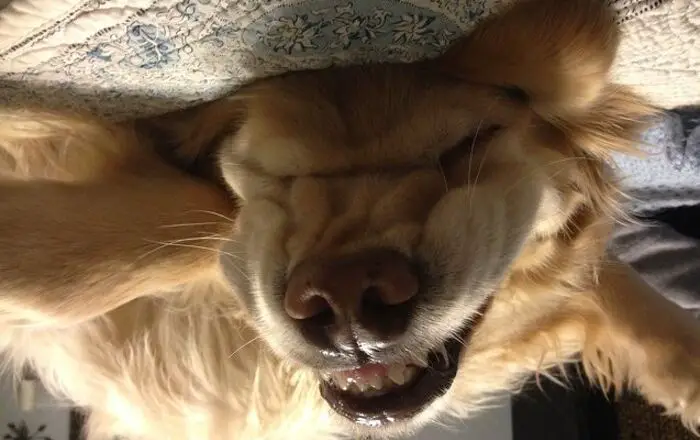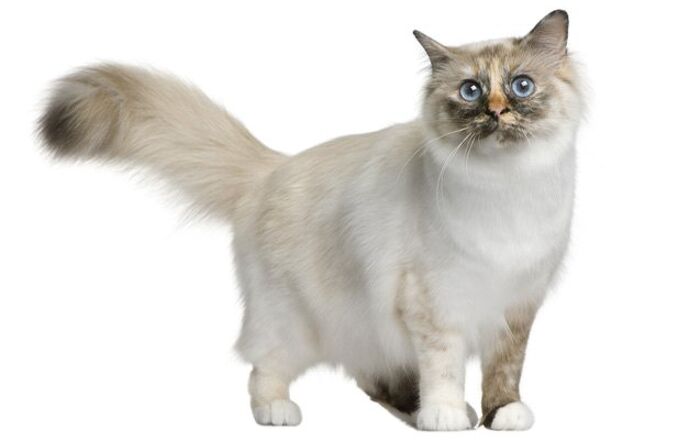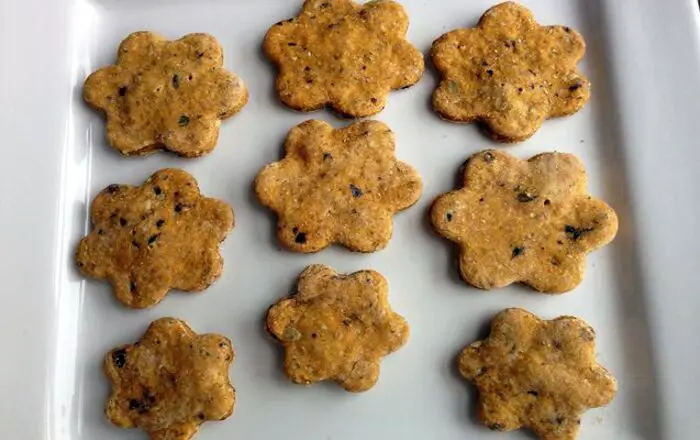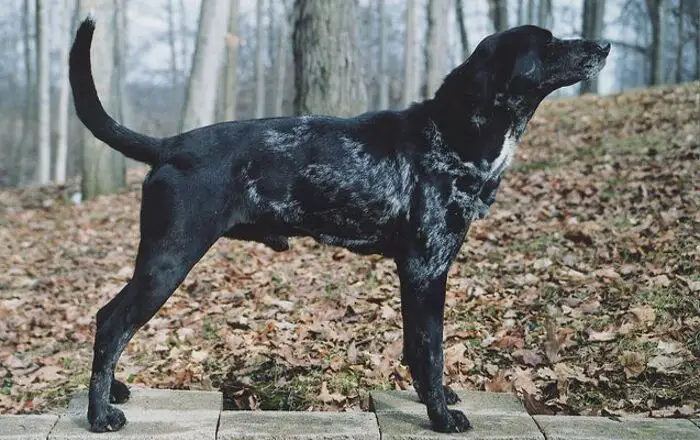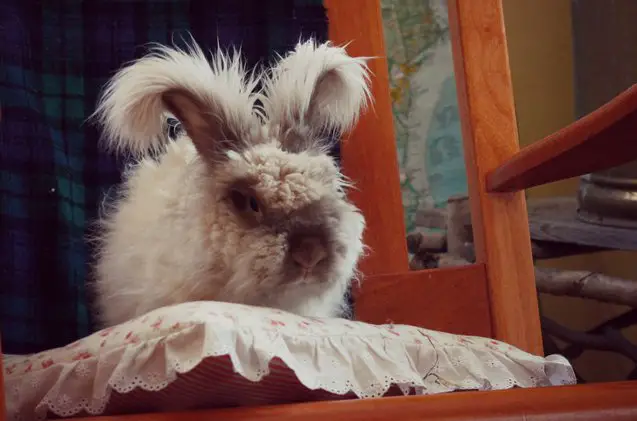
English Angora Rabbit Breed History/Origin
The Angora rabbit is one of the oldest domestic breed of rabbits, originating from Ankara, Turkey (historically known as Angora). They eventually made their way to America where, prior to 1939, there was merely one type of woolly rabbits, which was called the “Angora Wooler.” In 1939, the Angora Wooler was re-classified into two type of rabbits – the French and English type. In 1944, the ARBA (American Rabbit Breeders Association) officially separated these into two breeds, which are now known as the French Angora and English Angora Rabbit.
The English Angora Rabbit is docile and sociable.
Overall Description
These small, compact rabbits have a broad, flat head and short ears with plenty of woolly fur on them. They also have fur on their faces (unlike any other Angora), as well as woolly feet.
Coat
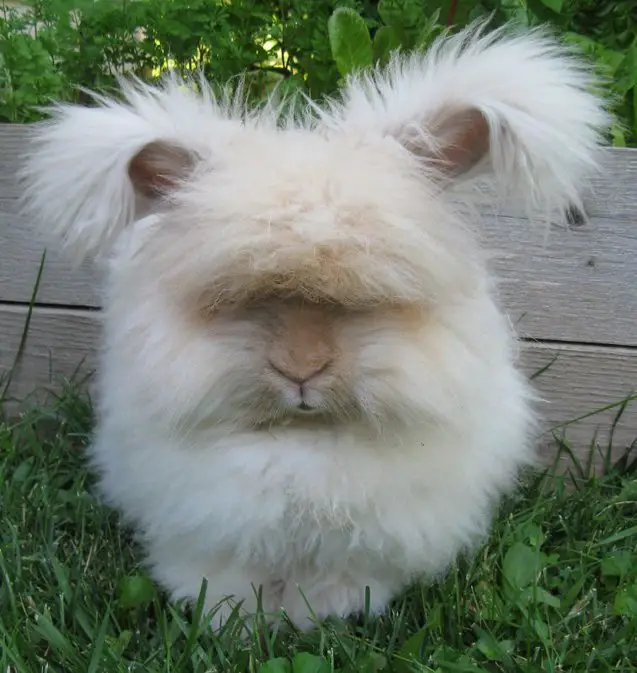
The English Angora rabbit is the only Angora that has facial furnishings. This means they have dense bands and even side trimmings so their entire body (including their feet) are covered in fur. They are often called “round balls of fluff” when their coat is in perfect condition.
The English Angora’s coat is thick, woolly and silky in texture. Regular grooming, even during off-shedding periods, are necessary, or else their fur become tangled, matted and otherwise unpleasant. Whether you are raising your English Angora rabbit to be a show rabbit, wool production rabbit or pet rabbit, it is important to keep their coat tangle-free. In order to do this, use a pet grooming brush with wire bristles (similar to those used with dogs or cats) once to twice a week. If you’re English Angora is a pet, be sure to take it to a groomer or use shears to keep their coat short, as it will constantly grow. Those using the English Angoras for their wool report shearing their coat about four times per year – that’s a lot of wool! Should any matting appear, you may also use shears to remove them.
If you decide to keep an English Angora rabbit as a pet, giving them what is known as a “puppy cut” will make grooming them easier. This kind of “haircut” involves shearing most of their bodies and faces to keep their coat short, but leaving their feet and ear coat relatively long. The result is a rabbit that resembles somewhat of a tiny poodle.
Make sure your rabbit’s diet is high in fiber and groom your rabbit regularly.
Colors
English Angoras can come in a rainbow of different colors. The Agouti group of English Angoras is classified as Lynx, Chestnut and Chocolate. The Self group comes in Black, Blue, Chocolate or Lilac, the Shaded Group English Angoras are Black Tort, Blue Tort, Chocolate Tort or Lilac Tort and the Show Class is classified as having ruby eyes and a white coat. Finally, the Pointed Group English Angoras have either white wool with either black spots on their nose and legs (these are called the Black Pointed White), white wool with brown spots on their nose and legs (Chocolate Pointed White) or white wool with light grey spots on their nose and legs (Blue Pointed White).
Care Requirements
First and foremost, English Angoras require a lot of attention in the coat department because their coat is so woolly and thick. They need regular brushings (1-2 times a week) with a wire-bristled comb and shearing approximately four times a year to keep their coat mat-free. Unless you are willing to dedicate this much time into keeping your rabbit happy and healthy, we do not recommend this breed for first-time owners.
Like most rabbits, English Angora rabbits require a diet consisting 70 percent of hay. The remaining 30 percent should be equal amounts of fresh fruits, vegetables and high-quality pellets to ensure they are getting the recommended vitamins, nutrients and proteins needed to grow. Baby rabbits, or “kits,” require a different diet. Any kit younger than 3 weeks old should strictly be drinking their mother’s milk. Kits that are 3-4 weeks old can be given nibbles of alfalfa as well as pellets and once they are 4-7 weeks, you should given them access to plenty pellets as well as alfalfa. When kits are 7 weeks to 7 months old, you should switch to unlimited pellets and hay and finally, when they are 12 weeks old, slowly introduce them to vegetables to find out which ones they prefer.
English Angoras make great pets and their enclosure can either be indoors or outdoors, depending on your housing situation. Indoor bunny enclosures should be large enough to allow your rabbit to move around freely and should have bedding to keep your Angora happy. To ensure a clean coat, make sure to spot-clean your rabbit’s enclosure everyday and change their bedding once or twice a week. If the enclosure it outside, make sure it has enough protection from dangers such as inclement weather and other wildlife, but access to wind and sun.
These creatures are docile and sociable, so be sure to take them out of their enclosure to have plenty indoor or outdoor playtime. Should you live in an apartment or home with no fenced backyard, letting your rabbit roam free around the house will give them plenty of exercise, however they would also love to go outside and catch some rays and feel the grass beneath their feet.
Health
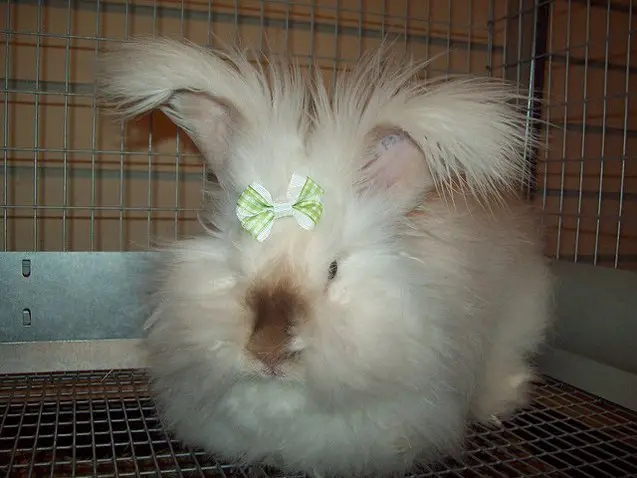
The most worrisome health issue the English Angora rabbit faces is the potential for woodblock. Rabbits are clean animals that groom themselves often and because the English Angora (not unlike the Satin Angora) has such thick, long wool, they can accidentally inject some fur whilst grooming. Normally, this is passed through their droppings but it is possible that this fur is trapped inside the digestive system and creates a furball. Unlike cats, rabbits cannot regurgitate to eliminate this hairball and consequently, it gets larger and larger. The hairball grows so much that the rabbit either believes it is full and dies because it does not eat or it blocks the digestive track completely and it simply cannot eat. Either way, woodblock is a dangerous and real problem when it comes to rabbits who have long, thick fur.
Symptoms of woodblock include a decrease in appetite (or not eating at all), decreased activity, and droppings are less frequent and/or are strung together by wool. If you see any or more than one of these symptoms, be sure to consult your veterinarian for the next step.
Thankfully, there are ways of preventing wool block in your rabbit, diet being the most important. Make sure your rabbit’s diet is high in fiber and groom your rabbit regularly. Many breeders also supplement with pineapple chunks or papaya tablets once a week to prevent wool block.
Regular grooming even during off-shedding periods are necessary with the English Angora rabbit.
Temperament/Behavior
English Angoras are even-tempered rabbits who love to spend quality time with their human handlers. Because they require so much grooming, they will no doubt bond with the person who grooms them the most often, especially if it is the same person who feeds, pets and plays with them. They do not have the tendency to be skittish or ill-mannered, so introducing them to children won’t be difficult. While they don’t crave constant attention, their personalities flourish when they are mostly out and about and interacting with humans, which is why this is a great breed for both singles and couples who would like a pet in their lives.
When they are having their daily outdoor time out of their enclosures, make sure to have a couple of toys handy so they can chew. Aside from wool block, some rabbits also develop overgrown teeth due to poor diet. Should you be feeding your rabbit a balanced diet of hay, pellets and vegetables, overgrown teeth should not be a problem but giving them something to chew on (like a dog toy) won’t hurt, plus it will keep them entertained. Some rabbits also like chewing on pieces of wood (some have been known to chew parts of their wooden enclosure), so giving them a piece of rabbit-safe wood to entertain them is also acceptable.
Photo credit: Dennis Harper/Flickr; Diane/Flickr; Heather Pauley

